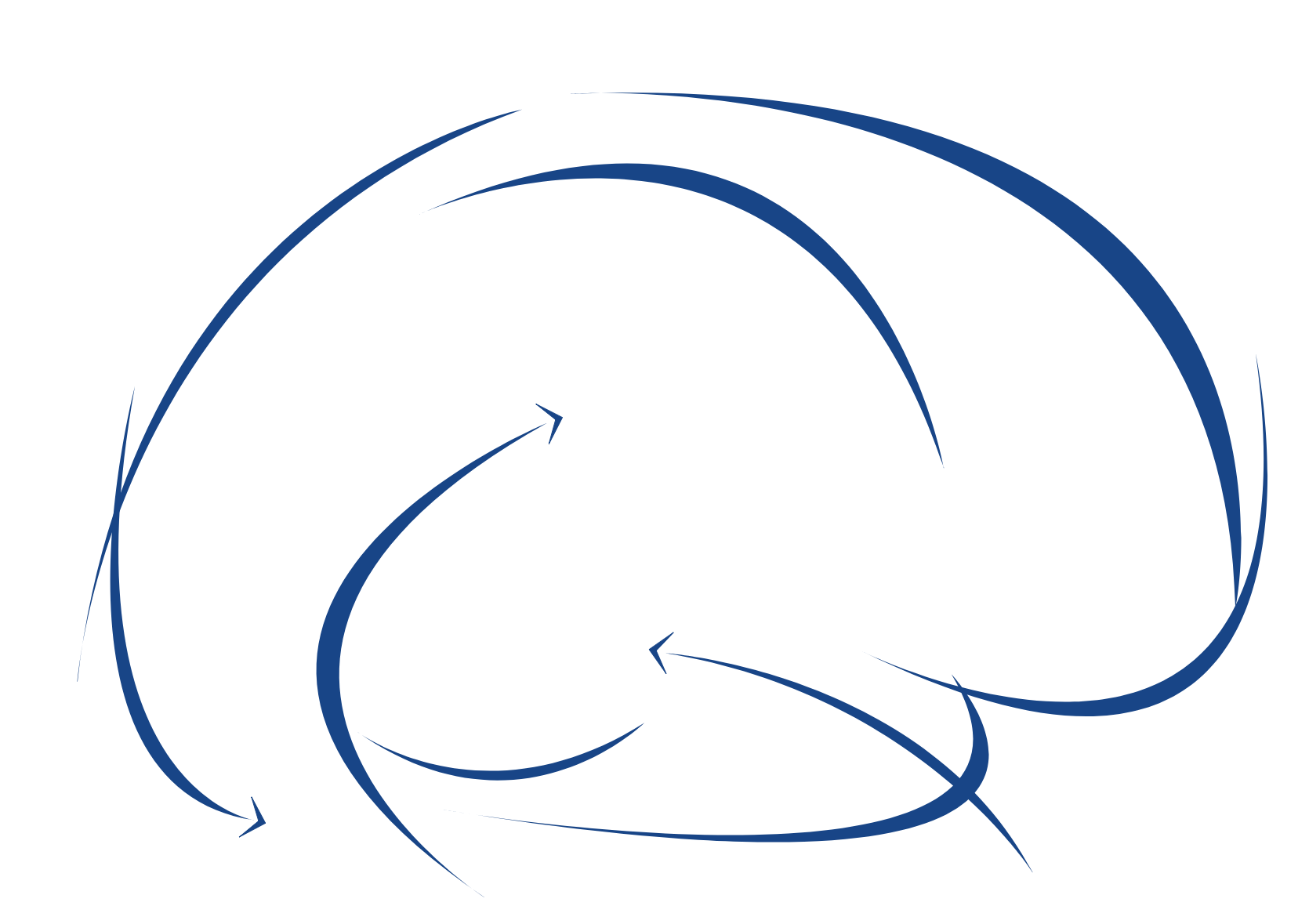Oscar Herrera from Cajal Institute – CSIC, Madrid, Spain, at 4pm
Lorente’s dream: disentangling deep sources of field potentials in humans and rodents
Field potentials (FP/SEEG) are composite signals that vary extraordinarily in space and time, presumably due to the changing composition of the myriad of activated microscopic dipolar sources. Exploring how these micro-sources combine is beyond technical capabilities. The mere presence of stereotyped patterns and fluctuations in FPs/SEEG/EEG ‒used as biomarkers of behavioral/cognitive tasks or pathology‒ denotes that this is not a probabilistic process. Synchronization is necessary but not sufficient: only a few brain structures generate measurable potentials. It was clear that to address the nature of FPs (i.e. to find the anatomical basis) we had to focus on space. However, this has been nearly impossible till recent years when multisite recording devices enabled capturing the intracranial spatial gradients of voltage, and BSS algorithms developed to facilitate disentangling of mixed signals. For over a decade our team has used these in rodents, and recently in humans, along with computer-assisted feed-forward reproduction of FPs. We found empirical evidence for a number of phenomena regarding FP electrogenesis in the brain, some intuitive and others less so. Amongst relevant findings are (a) FPs are spatiotemporal mixtures of only a few pathway-specific generators; (b) volume conduction (contamination) is extensive, most FPs/SEEGs are contributed by several local and remote generators, and the FP spatial reach is generator-specific; (c) a single neuron/population hosts several partially overlapped FP generators; hence, LFPs are also mixtures and their time fluctuations, site-specific and unreliable; (d) anatomical curvatures and in general source geometry are, by large, the main determinant of FP amplitude and spatial reach. Distance is secondary. We show a number of applications of FP/SEEG generators in physiology and neuropathology studies (e.g. human epilepsy) that highlight the added value of counting with reliable temporal resolution and precise localization of disentangled deep sources.
Herreras O. (2016) Local Field Potentials: Myths and Misunderstandings. Frontiers in Neural Circuits 10:101. (critical review)
Torres D, et al. (2019) Local and volume-conducted contributions to cortical field potentials. Cerebral Cortex 29:5234-5254. (Experimental and computational study)
Herreras O et al. (2023) Site-dependent shaping of field potential waveforms. Cereb Cortex. 33(7):3636-3650. (critical review)
Nasretdinov A, et al. (2023) Diversity of cortical activity changes beyond depression during Spreading Depolarizations. Nature Comm, 14(1):7729. (Example of applicability)
